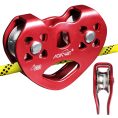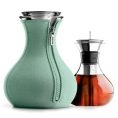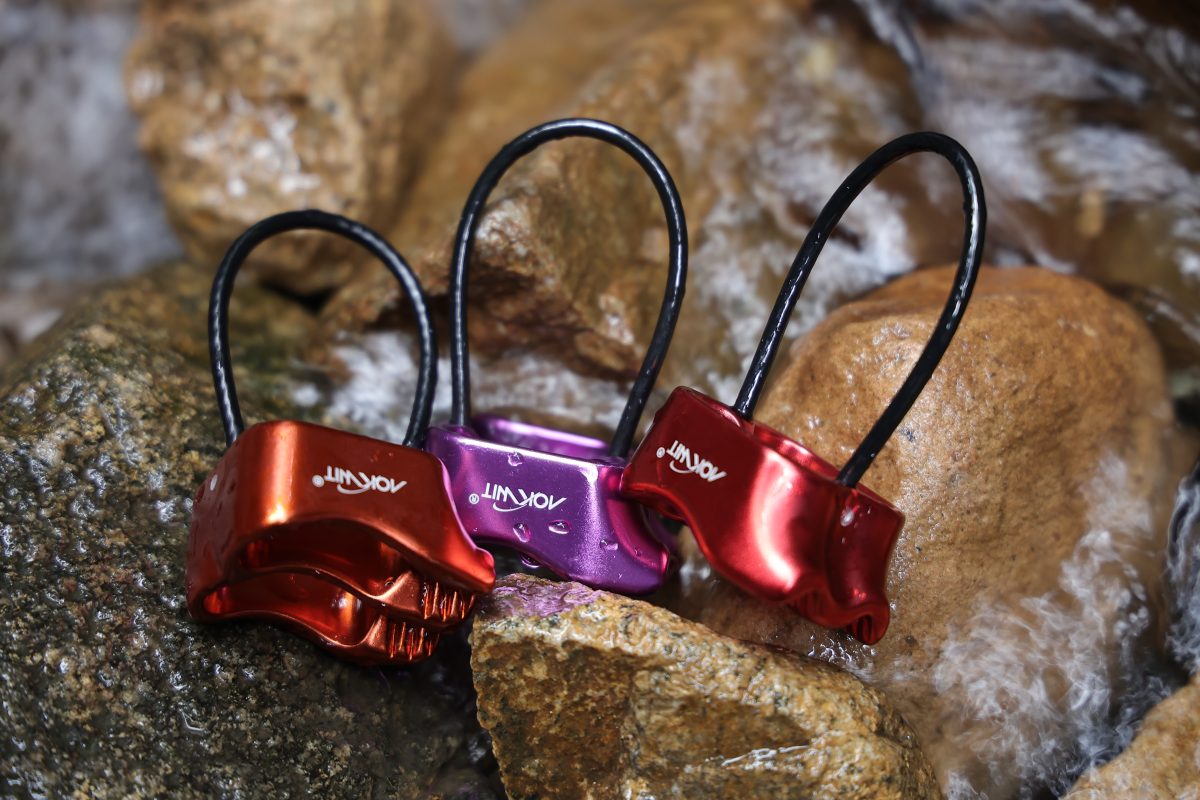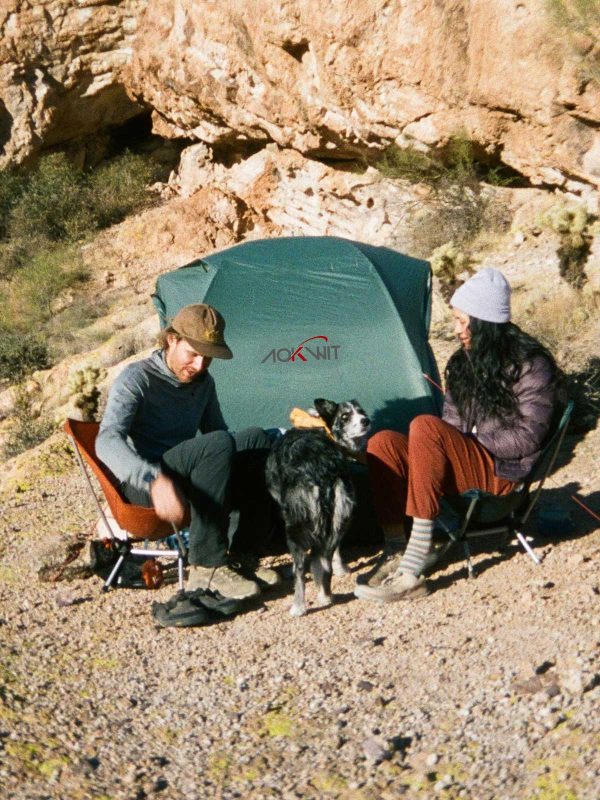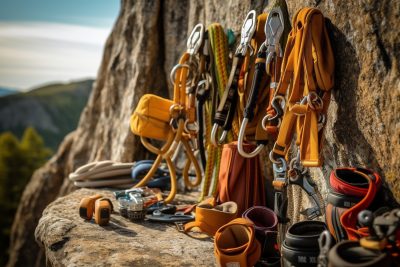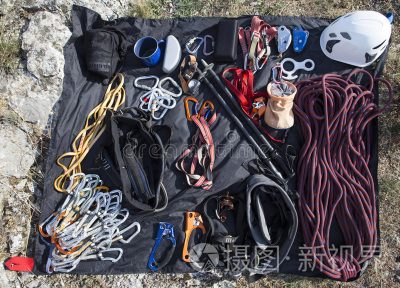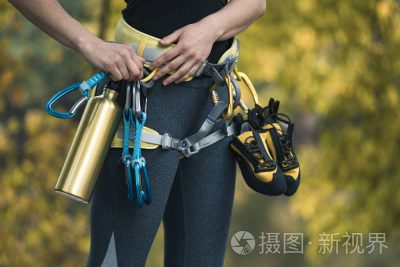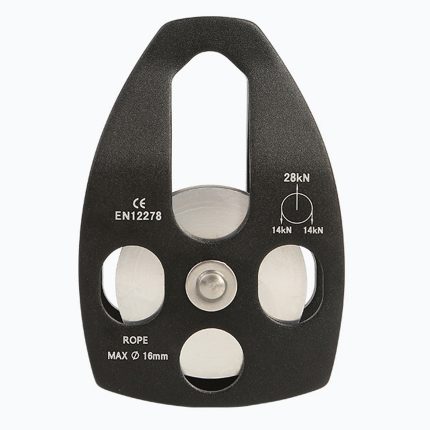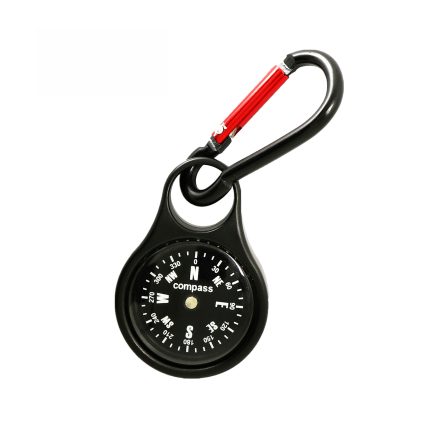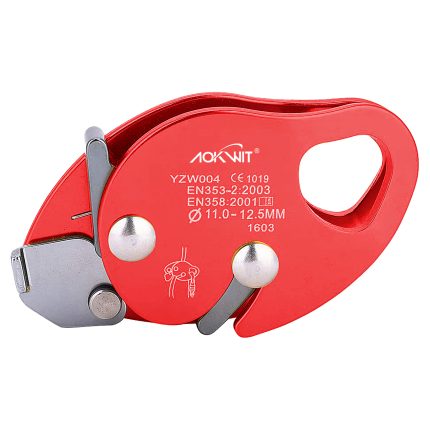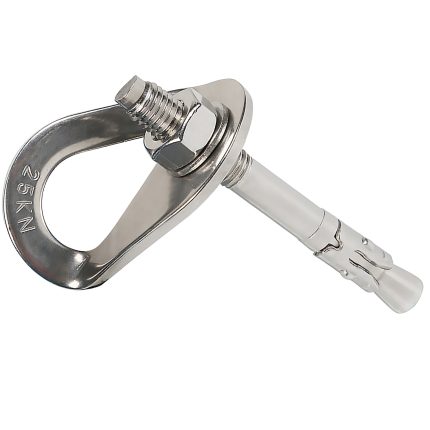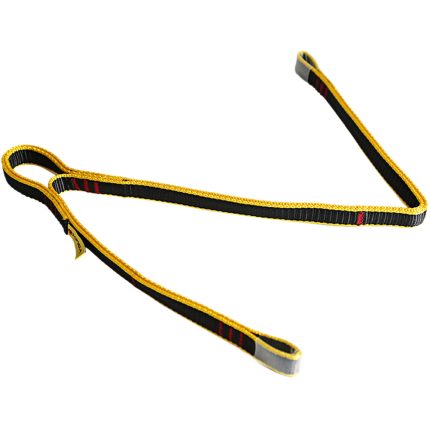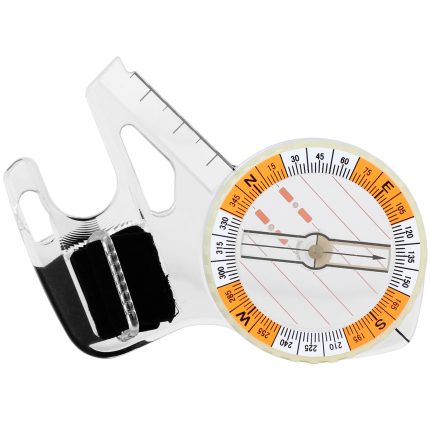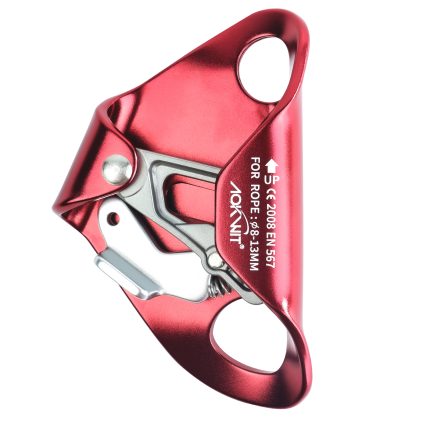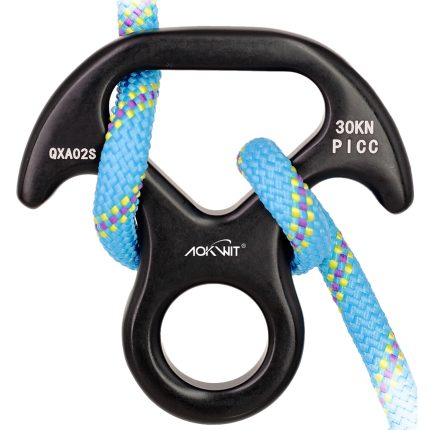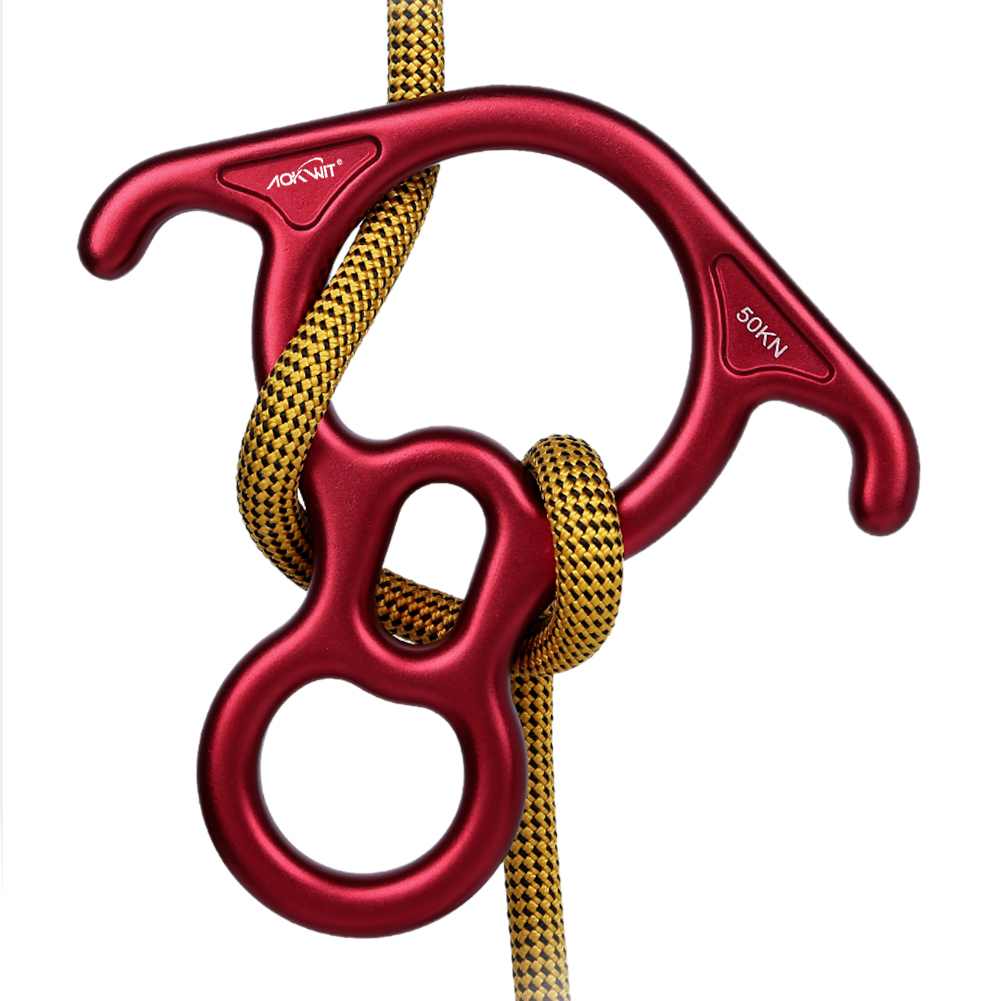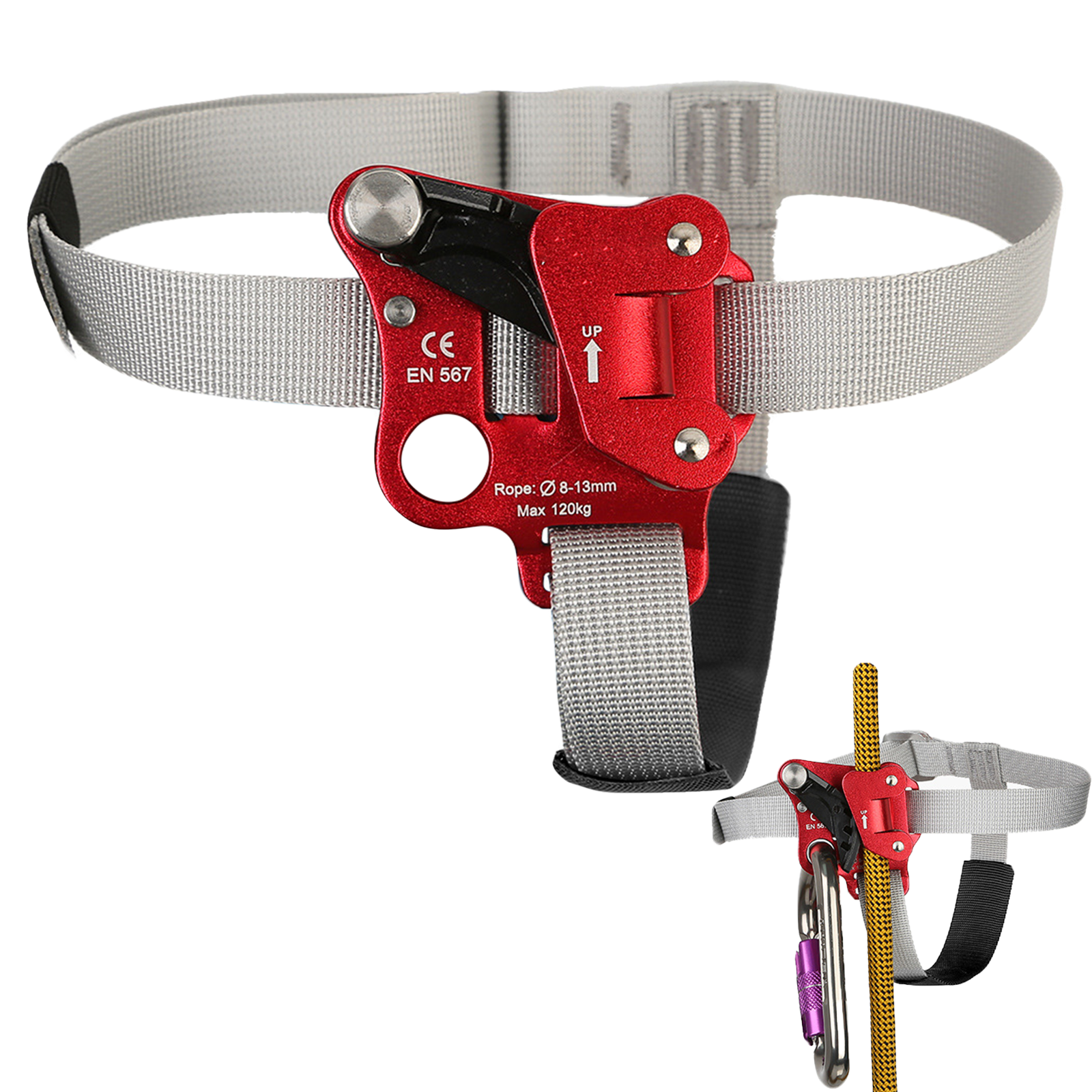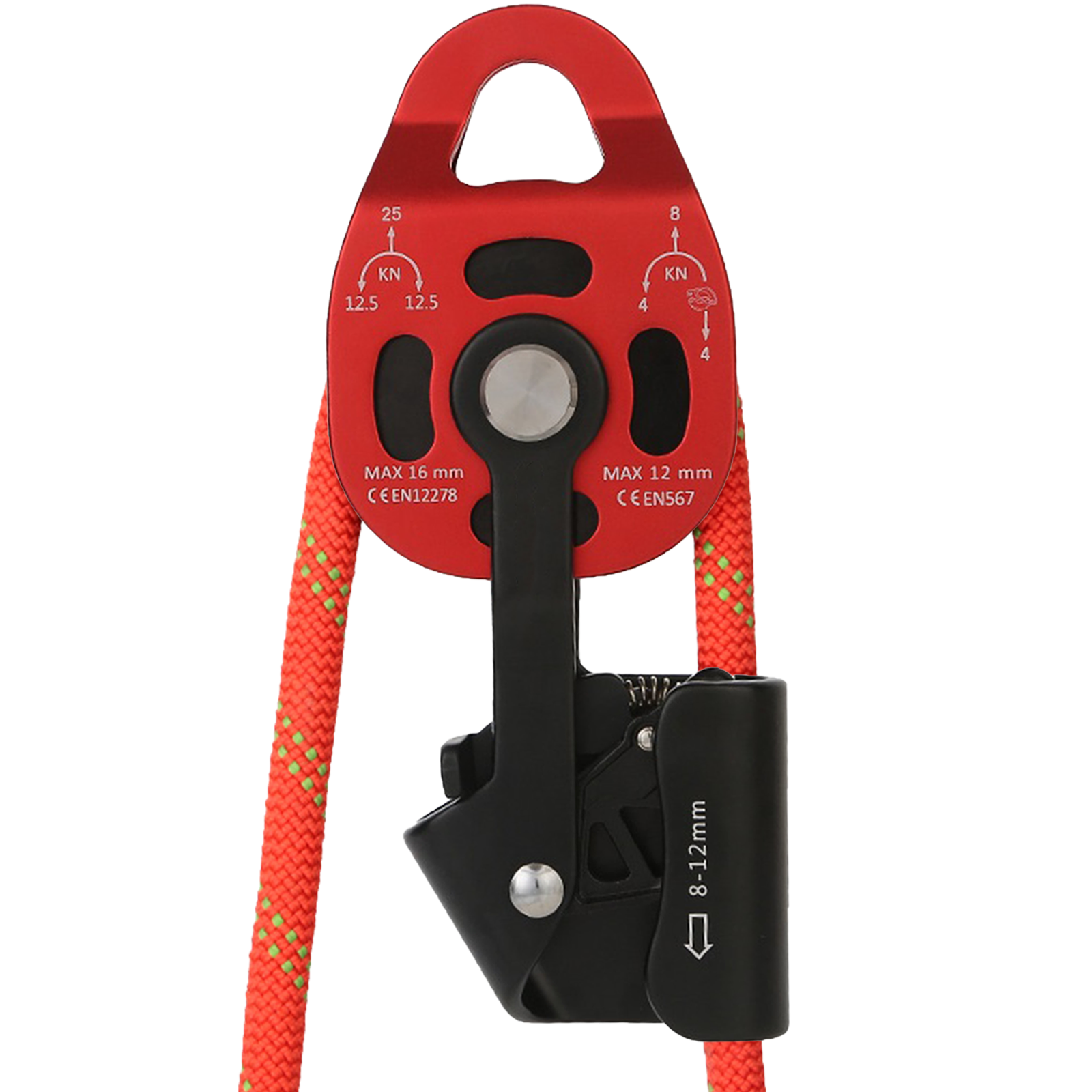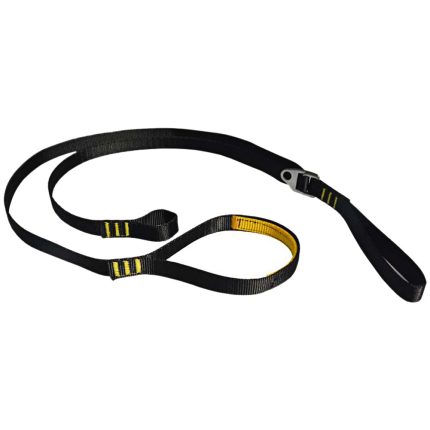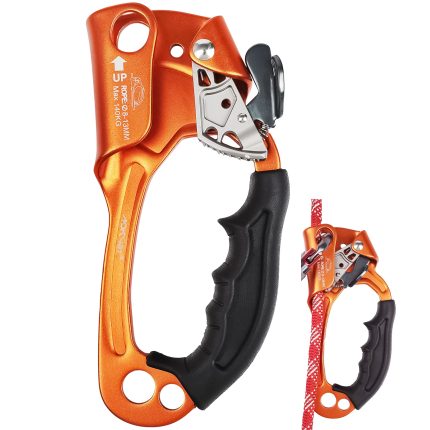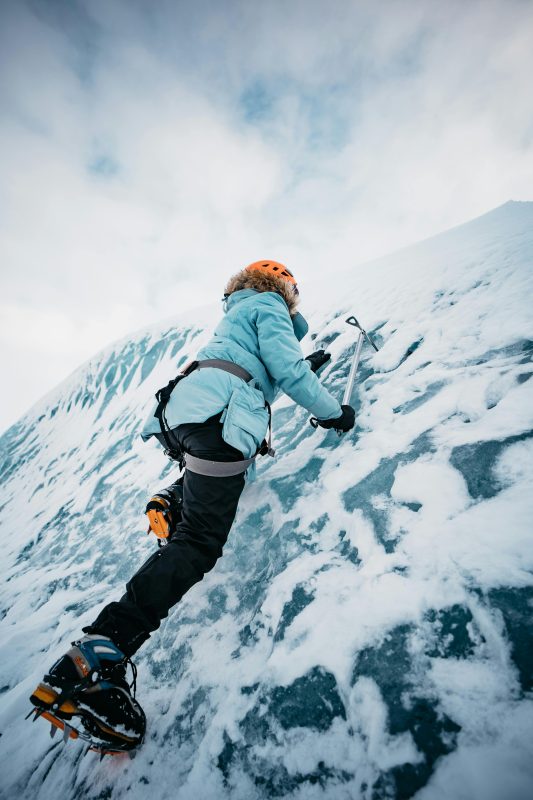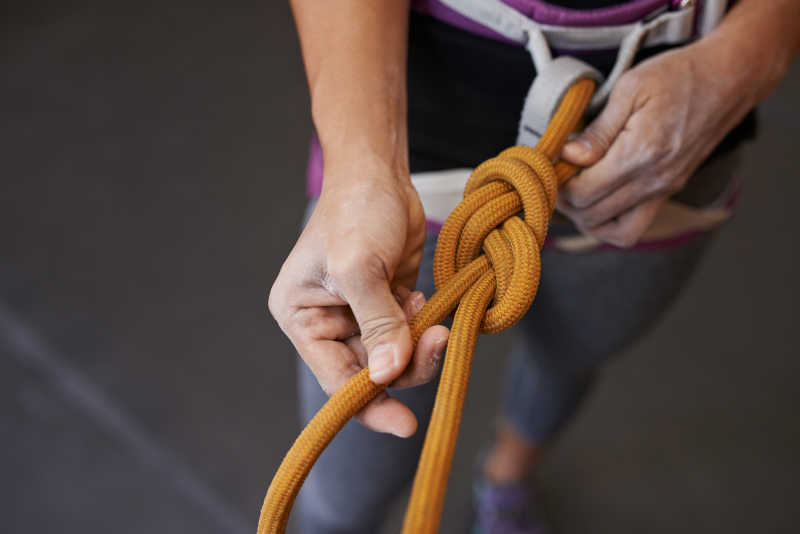How to Properly Train Climbing Finger Strength and Protect Your Fingers

For beginners in climbing, the best way to train is through climbing itself. Mastering climbing techniques and completing various movements will expand your movement repertoire while improving foundational physical fitness required for climbing.
However, if you already have some experience and aim to tackle harder routes or improve efficiency, targeted training becomes essential.
I. What Constitutes Comprehensive Finger Strength Training
Gripping finger holds and generating force for movements—not just hanging—is key. Alongside finger training, strengthen the rotator cuff muscles.
II. How to Properly Hang on a Fingerboard
- Avoid fully extending your arms; keep your elbows slightly bent.
- Fully relaxed, vertical arms place excessive pressure on the wrists and finger joints, increasing injury risk.
- Bend your elbows, engage your muscles, lock the joints, and stabilize your upper body to reduce stress on the wrists and finger joints.
- Simultaneously tighten your core muscles to further stabilize your body and train your core.

III. Test Your Finger Strength to Determine Training Intensity
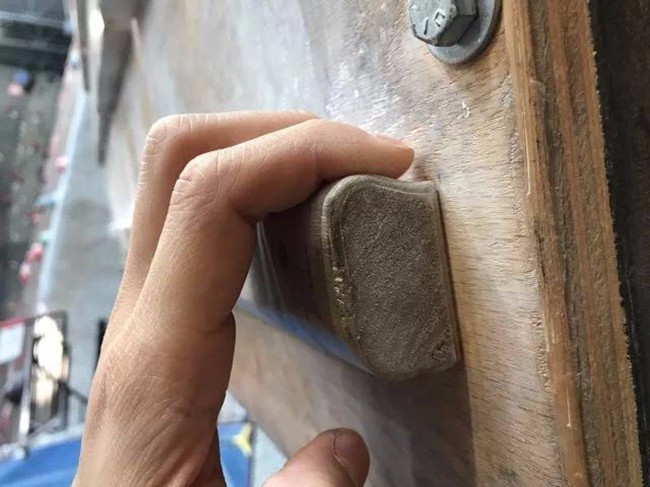
Using a 2cm-deep finger hold as an example: If you can hang with both hands (four fingers per hand) for over 10 seconds, start training at this level. If not, focus on climbing more routes before dedicated finger training.
For training, use a pulley system (as shown in the diagram below) attached beneath the fingerboard to reduce body weight and lower difficulty. Connect one end to a weight block and the other to your harness. This is an efficient method.
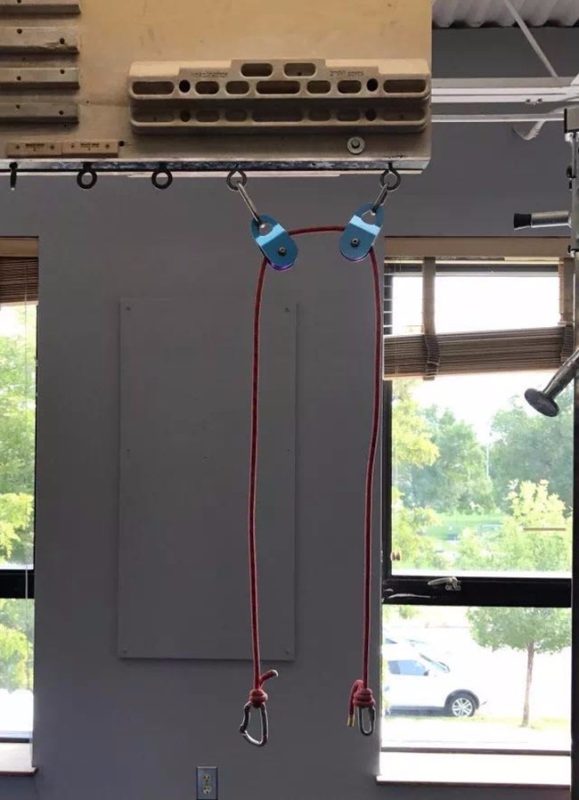
IV. Basic Finger Strength Training
Key points: Mentally prepare yourself—finger strength develops slowly over time.
Begin with a weekly training cycle. Short-term gains without consolidation will lead to regression, so consistency is crucial. If finger joints ache, reduce difficulty.
If recovery is quick, train twice a week, but avoid training if recovery is incomplete to prevent injury.
1. Training Protocol:
- Grip large holds: 5 seconds on, 5 seconds off ×5 sets; rest 3 minutes.
- Four-finger hang: 5 seconds on, 5 seconds off ×5 sets; rest 3 minutes.
- Three-finger hang: 5 seconds on, 5 seconds off ×5 sets; rest 3 minutes.
- Two-finger hang (index + middle): 5 seconds on, 5 seconds off ×5 sets; rest 3 minutes.
- Two-finger hang (middle + ring): 5 seconds on, 5 seconds off ×5 sets; rest 3 minutes.
Post-training recovery: Relax muscles by massaging your forearms.
If the routine becomes easy, increase difficulty by using shallower holds (e.g., 1.5cm) or adding weight. Always prioritize gradual progression.
For extremely challenging holds, use the pulley system to reduce load. Gradually decrease assistance weekly until no pulley is needed. Adjust training based on your goals.
2. Finger Endurance vs. Finger Strength Training
Finger Endurance: Low intensity, long duration, high volume.
- Goal: Improve ability to sustain holds during prolonged climbing.
- Example: Hang on a 2cm edge for 20 seconds, rest 30–60 seconds, repeat 2–3 times.
Finger Strength: High intensity, short duration, low volume.
- Goal: Break through plateaus or extend hold time on difficult edges.
- Example: Single-arm hang on a 2cm edge for 2 seconds; aim to increase duration or repetitions.
3. Training Recommendations
- Tailor difficulty to your level—too easy or too hard reduces effectiveness and risks injury.
- Track progress and incrementally increase difficulty to stimulate adaptation.
- Progress is nonlinear; plateaus are normal. If stuck, switch training focus or rest before resuming.
- Understand the purpose of each exercise and ensure it aligns with your current needs.
- Commit to consistent training—results will show within weeks.
V. What to Do If You Injure Your Fingers
Pain may occur at finger joints or along the sides. Symptoms include inability to fully open or close the hand. Early intervention prevents worsening.
Immediate Actions:
- Rest until pain subsides. For swollen joints: Ice initially to reduce inflammation, then apply heat or perform light aerobic exercise to boost circulation.
- Avoid dynamic grabs, small crimps, and static holds to minimize stress.
- Analyze technique: Are you over-relying on fingers instead of engaging larger muscles?
- Use a pulley system during fingerboard training to reduce load. For example, if you weigh 60kg, subtract weight until you can hang for ~14 seconds. Gradually decrease assistance while monitoring pain. Ice post-training.
- Strengthen shoulder, back, and core muscles to improve stability and reduce shock on joints.
Root Causes of Injury:
- Insufficient finger strength.
- Poor movement mechanics (failing to engage larger muscle groups).
- Weak core or overall strength, leading to excessive finger strain.
Final Note: Prioritize gradual progression, listen to your body, and balance training with recovery. Consistency and patience will yield lasting results.
